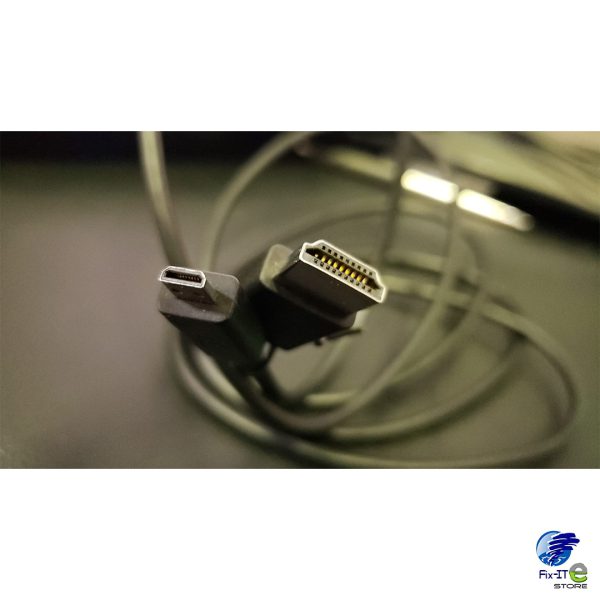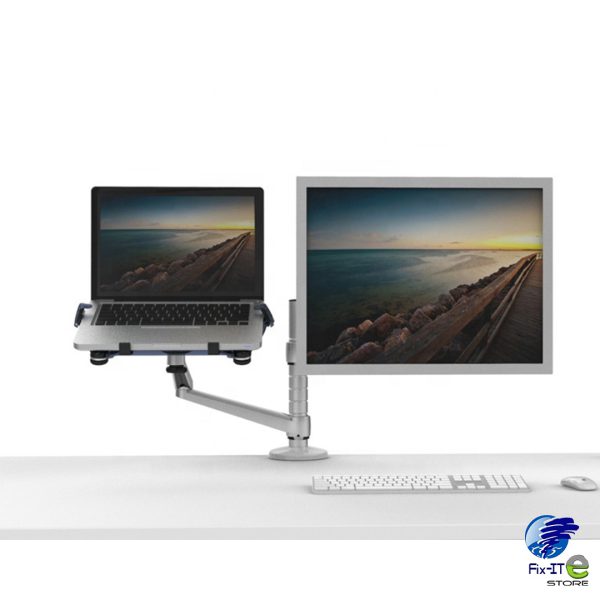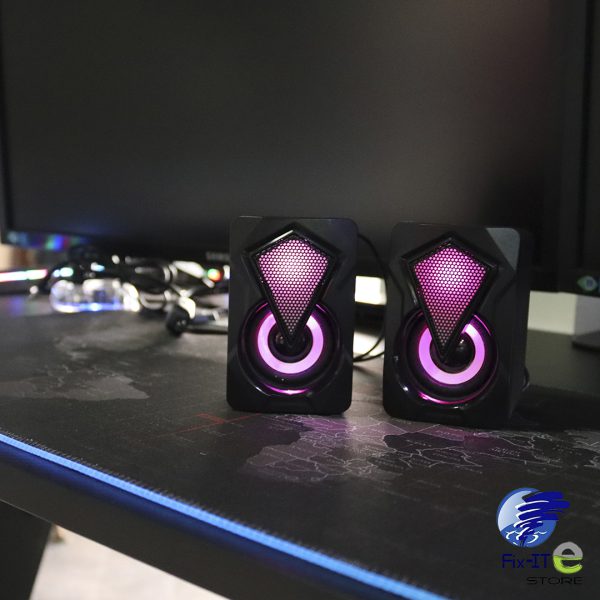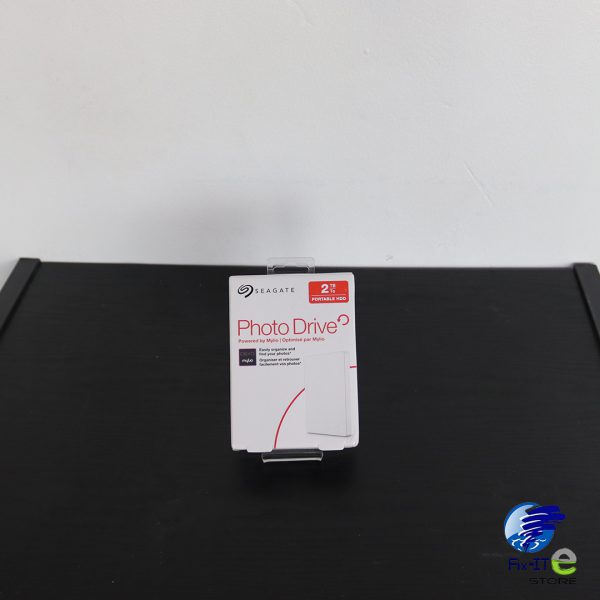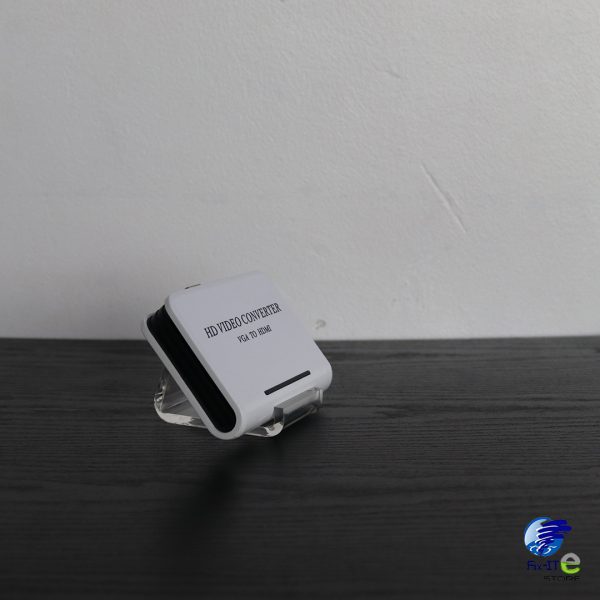A micro HDMI to HDMI cable is a type of connector cable used to transfer audio and video signals from a device with a micro HDMI port to a display or monitor with a standard HDMI port. The cable has a micro HDMI connector on one end and a regular HDMI connector on the other end.
Micro HDMI (Type D) is a smaller version of the standard HDMI (Type A) connector. It is commonly found on many portable devices such as smartphones, tablets, cameras, and some laptops. The standard HDMI connector, on the other hand, is used in most TVs, monitors, projectors, and other multimedia devices.
Here are some key points to know about micro HDMI to HDMI cables:
- Device Compatibility: Micro HDMI to HDMI cables are primarily used to connect devices with a micro HDMI port to larger displays with a standard HDMI input. This allows you to view content from your portable device on a bigger screen.
- Video and Audio: The cable supports both high-definition video and audio transmission. It can handle various video resolutions, including 720p, 1080p (Full HD), and even higher resolutions like 4K, depending on the cable’s specifications.
- Unidirectional: It’s important to note that micro HDMI is unidirectional, meaning it can only be connected one way. The micro HDMI end should be plugged into the micro HDMI port on your device, while the standard HDMI end goes into the HDMI port on the display.
- Adapters and Converters: If you have a device with a micro HDMI port and need to connect it to a device with a different type of HDMI port (e.g., mini HDMI or standard HDMI), you may need to use a micro HDMI to HDMI adapter or a different type of HDMI cable.
- Length and Quality: Micro HDMI to HDMI cables come in various lengths, and the quality of the cable can affect signal transmission. For longer cable runs, it’s advisable to use high-quality cables to ensure a stable connection and minimize signal loss.
| Product Price | $10.00 | ||
Click to add this item to cart. | |||
Product Description
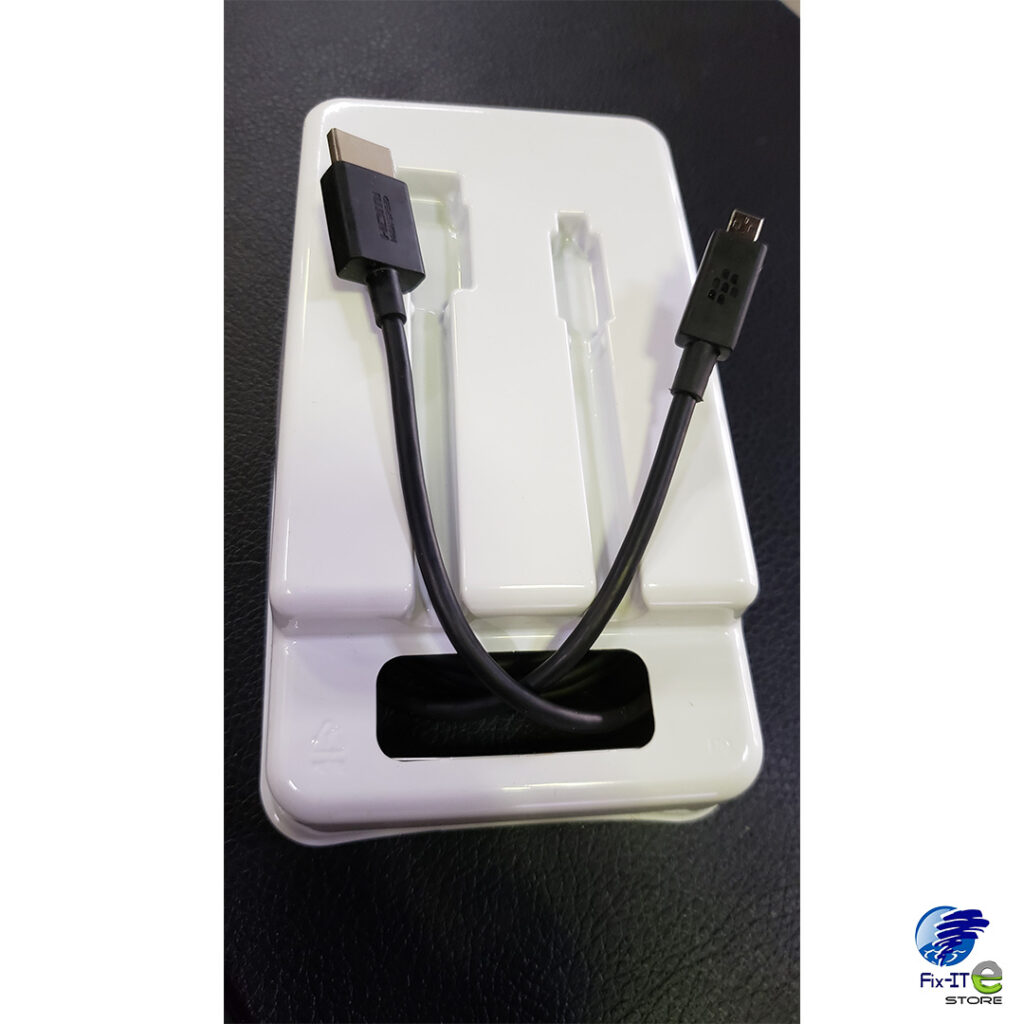


- Connector Types:
- Micro HDMI (Type D) Connector: This is the smaller end of the cable, which plugs into the micro HDMI port on your device. It has 19 pins and is about half the size of a standard HDMI connector.
- Standard HDMI (Type A) Connector: This is the larger end of the cable, which connects to the HDMI port on the display device (TV, monitor, projector, etc.). It also has 19 pins.
- Devices with Micro HDMI Ports:
- Smartphones and Tablets: Some Android smartphones and tablets, as well as a few Windows-based tablets, feature micro HDMI ports to allow users to connect their devices to larger screens for presentations, gaming, or media playback.
- Cameras and Camcorders: Some digital cameras and camcorders are equipped with micro HDMI ports, enabling users to view photos and videos directly on an HDTV or monitor.
- Laptops and Convertibles: Some lightweight laptops and 2-in-1 convertibles may include micro HDMI ports to provide an option for external display connectivity.
- Resolution and Compatibility:
- Micro HDMI to HDMI cables generally support high-definition resolutions, such as 720p and 1080p (Full HD), and even higher resolutions like 4K and 8K, depending on the cable’s capabilities and the devices being connected.
- However, not all devices with micro HDMI ports support the same resolutions. Always check the user manual or specifications of your device to ensure it can output the resolution you desire via the micro HDMI port.
- Audio Support:
- Micro HDMI to HDMI cables can transmit both audio and video signals. This means you can enjoy sound on your TV or monitor when connecting your portable device to it.
- Some devices may require you to change the audio output settings to route the sound through the HDMI connection. Check the audio settings on your device if you experience any issues with sound output.
- Cable Length and Quality:
- Micro HDMI to HDMI cables come in various lengths, ranging from a few inches to several feet. Choose a length that suits your needs, but keep in mind that longer cables may experience more signal degradation.
- For better signal quality, it’s advisable to invest in higher-quality cables with features like gold-plated connectors, triple-layer shielding, and high-quality conductors.
- Adapters and Converters:
- If you have devices with different HDMI port types (e.g., micro HDMI to mini HDMI or standard HDMI), you may need to use adapters or different cables to make the connection.
- Always ensure you have the right combination of adapters and cables to connect your specific devices.

